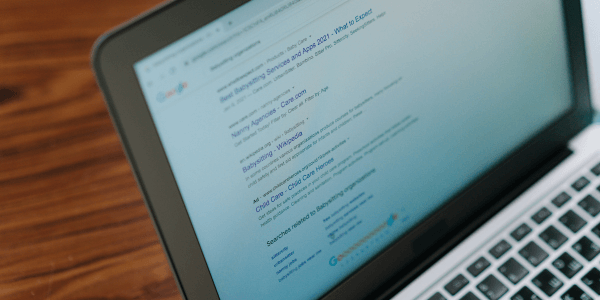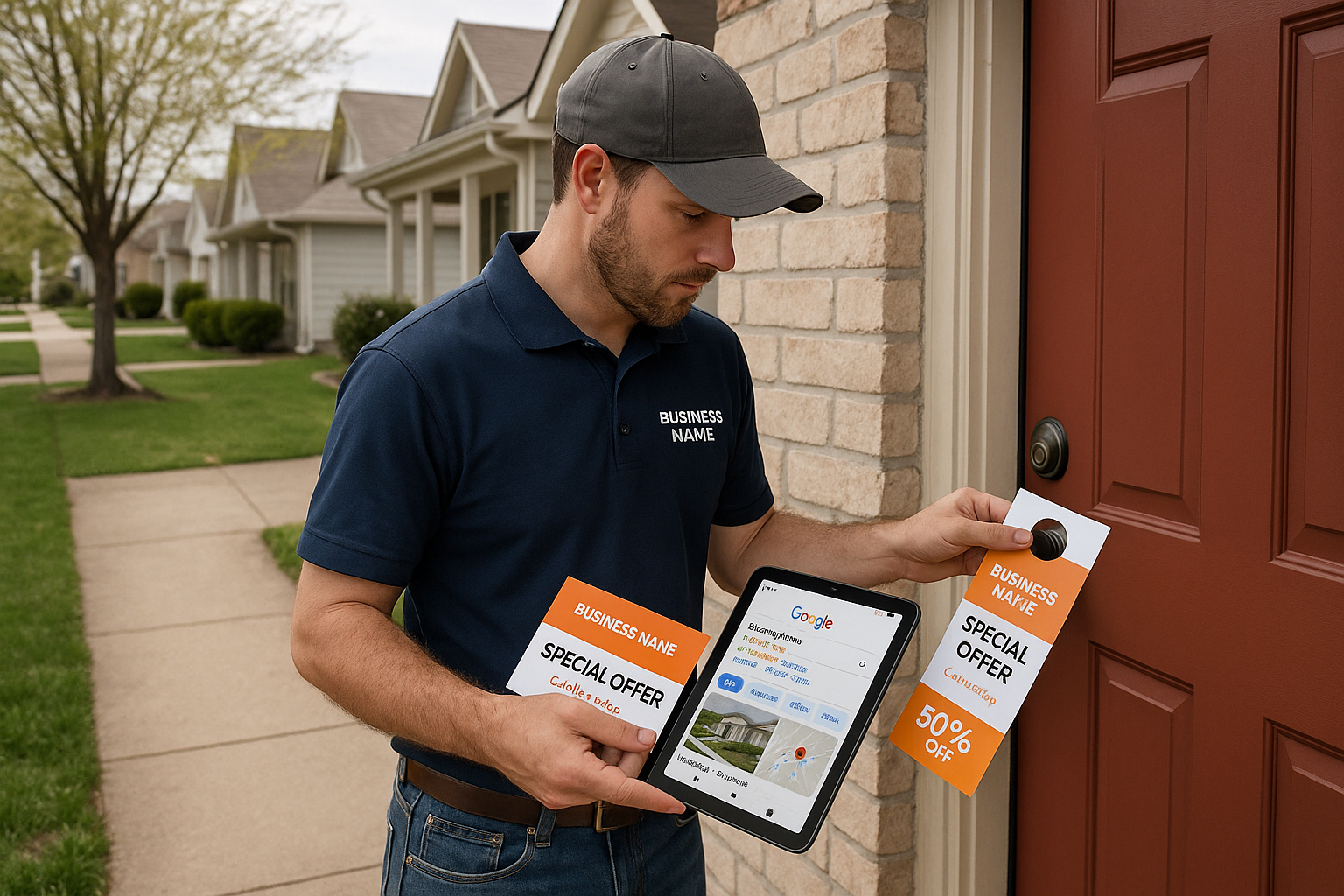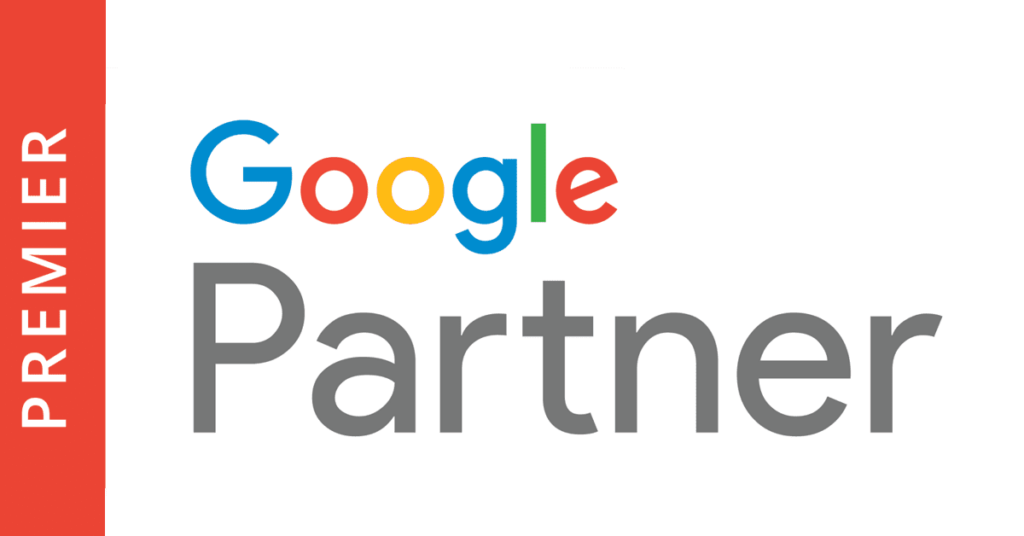As a business owner, harnessing the power of Google Ads can be transformative for your brand. However, effectively managing the costs associated with Google Ads is critical to ensuring a positive return on investment (ROI). This guide from Rep Lock Marketing will help you understand and optimize your Google Ads cost, regardless of your experience level.
What is Google Ads?
Google Ads is an online advertising platform developed by Google, where advertisers can bid to display brief advertisements, service offerings, product listings, or videos to web users. These ads can appear in Google search results, on the Google Display Network, and on YouTube, among other placements. The platform operates on a pay-per-click (PPC) model, meaning advertisers pay each time a user clicks on their ad. This powerful tool allows businesses to reach potential customers precisely when they’re searching for products or services related to their offerings.
How Google Ads Works
Google Ads, previously known as Google AdWords, functions through a sophisticated bidding system, which includes several key components:
- Quality Score: A measure of the relevance and quality of your ads and landing pages. A higher Quality Score can lower your cost-per-click (CPC) rates. Improving your landing page experience can significantly boost your Quality Score.
- Ad Rank: Determined by your bid amount, Quality Score, and the expected impact of additional ad features and other formats. Achieving the highest Ad Rank ensures your ads are displayed prominently in search results.
- Cost-Per-Click (CPC): The amount you pay for each click on your ad, influenced by your Ad Rank and competitors’ bids. In 2024, staying competitive in CPC rates is crucial for maintaining visibility.
Understanding these elements is crucial for grasping how Google Ads determines your ad costs and visibility.
Comprehensive Cost Breakdown
Google Ads pricing can vary widely based on several factors. Here’s a detailed breakdown:
- Google Ads Cost: The cost can range from a few cents to several dollars, depending on the industry. For instance, the average Google Ads CPC in the legal sector is around $6.75, while in retail, it’s about $1.25.
- Google Display Network: Costs on the Google Display Network can provide another perspective on your ad spend, often lower than search network costs.
- Cost Per 1000 Impressions (CPM): On the Google Display Network, CPM costs can provide another perspective on your ad spend.
- Google Ads Pricing: This metric indicates how much you’re paying to acquire a customer. In some industries, it can be as low as $10, while in others, it can exceed $100.
- Monthly Spending Limit: Depending on your goals and industry, monthly budgets for advertising with Google can range from $500 to $50,000 or more. Setting a monthly Google Ads limit helps in managing your overall budget effectively.
- Google Advertising Costs: These costs include both direct ad spend and ancillary expenses such as management fees for Google Ads services.
Factors Influencing Google Ads Costs
Several factors can impact your Google Ads costs:
- Highly Competitive Keywords: These tend to be more expensive.
- Competition: More advertisers in your industry can drive up costs.
- Ad Quality: Higher quality ads can lower your CPC rates.
- Bidding Methods: Automated strategies can optimize your spending.
These factors interact to shape your overall costs, and understanding them is key to effective budget management. For small businesses, managing small business spend efficiently is crucial to maximize ROI.
Practical Tips for Budget Management
Here are actionable tips for managing your Google Ads budget:
- Set a Realistic Budget: Define what you want to achieve with your ads and ensure your budget aligns with those goals. Consider using a Google Ads account to keep track of your expenditures.
- Optimize Bids: Use automated methods to get the best ROI.
- Monitor Performance: Regularly review your campaigns and adjust as needed.
- Utilize Negative Keywords: Exclude irrelevant search terms to avoid unnecessary costs.
- Enhance Your Landing Pages: Improve your landing pages to enhance user experience and boost your Quality Score.
- Daily Spending Limits: Set a daily limit to control your spending and avoid overspending.
Advanced Optimization Techniques
To further enhance your ad performance and reduce costs, consider these advanced techniques:
- Ad Enhancements: Use site link features, call options, and more to boost your ads’ visibility and click-through rate (CTR).
- Landing Page Improvement: Ensure your landing pages are relevant and user-friendly to improve conversion rates. A positive landing page experience can significantly affect your ad performance.
- Conversion Tracking: Set up tracking to measure your ads’ effectiveness and optimize accordingly.
Impact of Ad Enhancements
Ad enhancements significantly improve your ad performance by providing additional information and increasing your ad’s prominence. Effective ad enhancements include:
- Call Options: Add your phone number to encourage direct calls.
- Site link Features: Direct users to specific pages on your website.
- Review Features: Showcase positive reviews to build trust.
International Advertising Costs
Advertising costs can vary greatly by region due to differences in competition and market conditions. For example, CPC rates in the US might be higher than in less competitive markets. When planning international campaigns, consider the varying Google advertising costs in different regions.
Comparisons with Other Advertising Platforms
When comparing Google Ads with other digital marketing platforms like Facebook Ads, consider the following:
- Google Ads vs. Facebook Ads: Google Ads often have higher CPC rates but can reach users with high purchase intent, while Facebook Ads can be more cost-effective for broad audience targeting.
Long-Term Cost Management
Effective long-term cost management involves continuous optimization and staying updated with industry trends. Regularly reviewing your strategies and adapting to changes can help maintain cost efficiency.
FAQs Section
Q: How much is Google Ads? A: Google Ads costs can vary widely depending on your industry, keywords, and competition. The average Google Ads CPC ranges from a few cents to several dollars. To manage your ad spend effectively, set a monthly spending limit.
Q: What is Google Ads? A: Google Ads is an online advertising platform where advertisers bid to display brief advertisements, service offerings, product listings, or videos to web users. It appears on Google search and other Google properties.
Q: How do I reduce my CPC rates? A: Improve your Quality Score by making your ads and landing pages more relevant.
Q: What is a good conversion rate? A: A good conversion rate varies by industry but generally ranges from 2-5%.
Q: Is Google Ads worth it for small businesses? A: Yes, Google Ads can be highly effective for small businesses if managed properly. Use PPC management software to track and optimize your campaigns.
Q: How can I manage my business spending effectively? A: Set a daily budget to control daily spending, and use automated bidding strategies to optimize your ad spend.
Tools and Resources
- Google Keyword Planner: For keyword research.
- Google Analytics: To track and analyze your website traffic.
- SEMrush: For competitive analysis and keyword insights.
Latest Trends and Updates
Recent updates in Google Ads include changes to the bidding process and new features like Performance Max campaigns, which aim to maximize conversion value across all Google channels. In 2024, staying updated with these changes is essential for maintaining a competitive edge.
Conclusion
Understanding and managing Google Ads costs is essential for maximizing your advertising ROI. By applying the tips and techniques discussed in this guide, you can optimize your campaigns and achieve better results. For professional assistance in navigating the complexities of Google Ads, Rep Lock Marketing is here to help you ensure your campaigns are successful. Contact us today to get started!






